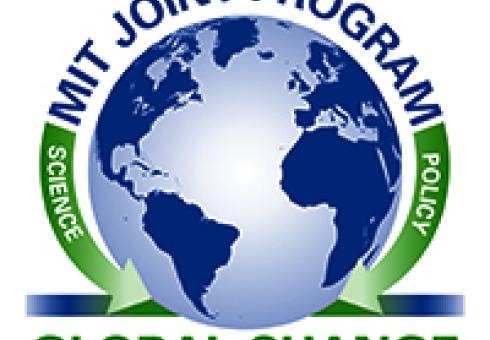Two studies pinpoint their likely industrial sources and mitigation opportunities
News and Outreach: Matthew Rigby
Global warming potential of SF6 is more than 24,000 times that of carbon dioxide
According to a team led by MIT researchers, the amount of methane in Earth's atmosphere shot up in 2007, bringing to an end a period of about a decade in which atmospheric levels of the potent greenhouse gas were essentially stable. Methane levels in the atmosphere have more than tripled since pre-industrial times, accounting for around one-fifth of the human contribution to greenhouse gas-driven global warming. Until recently, the leveling off of methane levels had suggested that the rate of its emission from the Earth's surface was approximately balanced by the rate of its destruction in the atmosphere. However, since early 2007 the balance has been upset, according to a paper on the new findings published in Geophysical Research Letters (view abstract).
The paper's lead authors, postdoctoral researcher Matthew Rigby and Ronald Prinn, the TEPCO Professor of Atmospheric Chemistry in MIT's Department of Earth, Atmospheric and Planetary Sciences, say this imbalance has resulted in several million metric tons of additional methane in the atmosphere. In addition to Rigby and Prinn, the study was carried out by researchers at Commonwealth Scientific and Industrial Research Organization (CSIRO), Georgia Institute of Technology, University of Bristol and Scripps Institution of Oceanography. These methane measurements come from the Advanced Global Atmospheric Gases Experiment that is supported by NASA and the CSIRO network. More...




